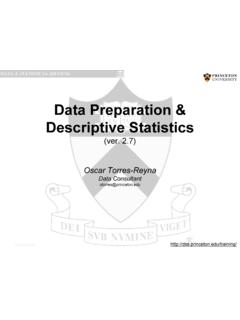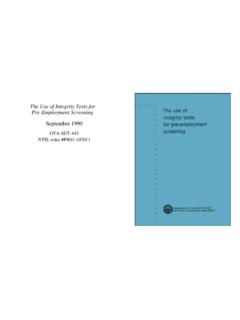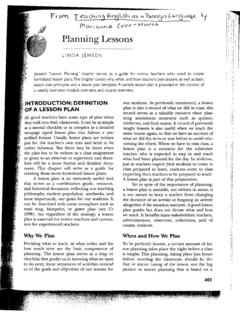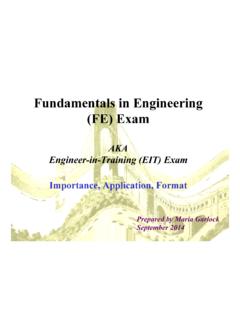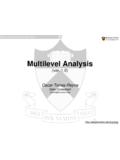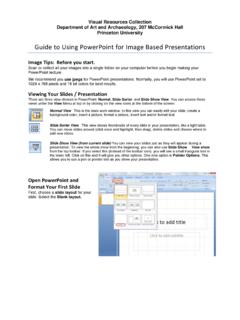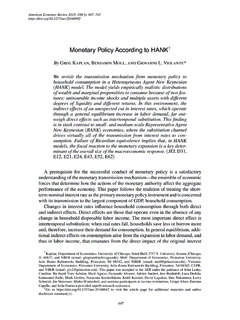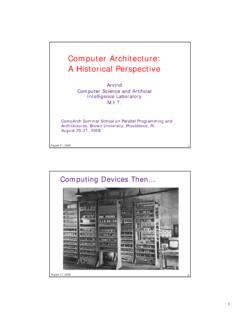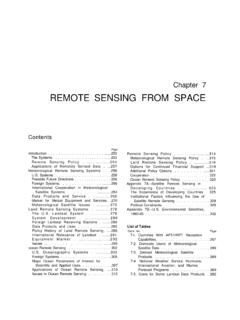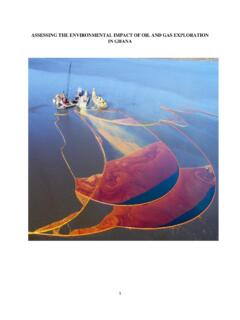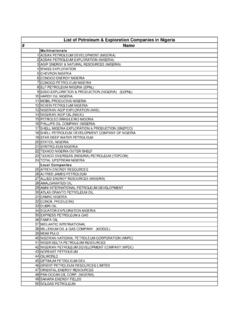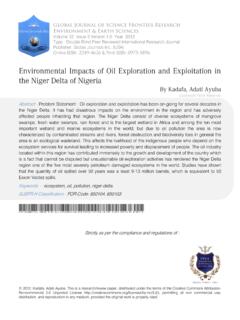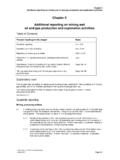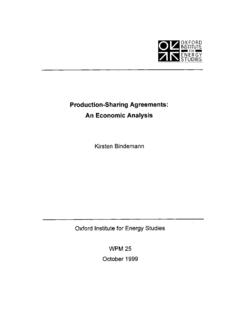Transcription of Chapter 6 Copper Production Technology
1 Chapter 6 Copper Production TechnologyCONTENTSPageHistory ..103 exploration ..113 Mining ..116 Comminution and Separation ..127 Beneficiation..; ..130 Pyrometallurgy..$ ..133 Hydrometallurgy ..140 Electrometallurgy..142 Melting and Casting.. Lakeshore Mine in Situ Project ..1266-B. Smelting Furnaces .. Sheets for CopperProduction ..136 Page..104 Early Smelting Technology ..107 Early Copper -Producing AreasofEurope and the Middle East ..108 Copper Deposits of NorthernMichigan ..109 Copper Production Areas of theNorthern and Central RockyMountains ..112 Copper Production Areas of theSouthwest.
2 112 Sample Geologic Map ..114 Model of Hydrothermal AlterationZones Associated With PorphyryCopper Deposits ..115 Stages of Mineral exploration ..116 Underground Mining Terms ..119 Two Underground MiningMethods ..12 OOpen Pit Mining Terms ..121 Heap and Dump Leaching .. , of in Situ Leaching Systems ..124 Jaw Crusher ..127 Hydrocyclone, ..129 Flotation ..130 Flowsheets for Copper Flotation ..132 Column Ceil ..133 Development of SmeltingTechnology Compared with WorldCopper Production ..135 Reverberatory Furnace ..136 Electric Furnace.
3 137 INCO Flash Furnace ..138 Outokumpu Flash Furnace ..138 Pierce-Smith Converter ..139 Noranda Reactor ..139 Mitsubishi Continuous SmeltingSystem ..140 Kennecott Cone Precipitator ..142 Flowsheet for Solvent Extraction ..143 Continuous Casting Wheel ..146 Continuous Rod Rolling Mill ., .., , of PyrometallurgicalProcesses ..105 Summary of HydrometallurgicalProcesses ..106 Major Copper Mines ..110 Remote Sensing Systems and ImageTypes for Mineral exploration ..117 Considerations in Choice of MiningMethod ..118 Characteristics of Solution MiningTechniques.
4 122 Summary of in Situ Copper MiningActivities ..125 Smelter Technology in theUnited States ..138 Chapter 6 Copper Production TechnologyThe last boom in technological innovation forthe Copper industry occurred in the first two dec-ades of this century, when open pit mining, flo-tation concentration,and the reverberatorysmelter were adapted to porphyry Copper the exception of leaching-solvent extrac-tion-electrowinning, the basic methods of cop-per Production have remained unchanged for 65years. Moreover, six of the mines opened be-tween 1900 and 1920 are still among the majorcopper producers in the United States of great leaps forward, technologicalinnovation in the Copper industry in the last 65years has consisted largely of incrementalchanges that allowed companies to exploit lowergrade ores and continually reduce the costs ofproduction.
5 Economies of scale have been real-ized in all phases of Copper Production . Both ma-chine and human productivity have Chapter briefly describes the technologyfor producing Copper , from exploration , throughmining and milling, to smelting and refining orsolvent extraction and electrowinning. The chap-ter begins with an overview of the history of cop-per Technology development. Then, for eachstage i n Copper Production , it reviews the cur-rent state-of-the-art, identifies recent technologi-cal advances, reviews probable future advancesand research and development needs, and dis-cusses the importance of further advances to thecompetitiveness of the industry.
6 Figure 6-1shows flow-sheets for pyrometallurgical andhydrometallurgical2 Copper Production . Tables6-1 and 6-2 provide capsule summaries of PyrometaIIurgy IS the extractIon of metaI from ores anD concen-trates using chemical reactions at high Hydrometallurgy is the recovery of metaIs from ores using water-based early as 6000 B. C., native Copper the puremetal was found as reddish stones in the Med-iterranean area and hammered into utensils,weapons, and tools. Around 5000 B. C., artisansdiscovered that heat made Copper more malle-able.
7 Casting and smelting of Copper beganaround 4000-3500 (see figure 6-2). About2500 B. C., Copper was combined with tin tomake bronze an alloy that allowed strongerweapons and tools. Brass, an alloy of Copper andzinc, probably was not developed until 300 was first mined (as opposed to foundon the ground) in the Timna Valley in Israel adesolate area believed to be the site of King Solo-mon s Mines (see figure 6-3). The Phoeniciansand Remans, who worked the great mines onCyprus and in the Rio Tinto area of southernSpain, made the early advances in Copper explo-ration and mining methods.
8 For example, the Ro-mans found nearly 100 lens-shaped ore bodies inthe Rio Tinto Copper district. Modern geologistshave found only a few additional deposits, andalmost all of Rio Tinto s modern Production hasbeen from ore first discovered by the Rio Tinto, the Remans mined the upper, ox-idized, part of the ore and collected the Copper -Iaden solutions produced by water slowly seep-ing down through the suIfide ore bodies. Whenthe Moors conquered this part of Spain duringthe Middle Ages, the oxide ores had largely beenexhausted.
9 Learning from the Roman experiencewith seepage, the Moors developed open pit min-ing, heap leaching, and iron precipitation tech-niques that continued to be used at Rio Tinto intothe 20th Britain, Copper and tin were worked in Corn-wall and traded with the Phoenicians as early as1500 The Remans brought improved metal-lurgical techniques to Britain, and spurred devel-3ira B. joralemon, Copper ; The Encompassing Story of MankInd sFirst MetaL (Berkeley, CA: Howell-North Books, 1973).103104 FigurePyrometallurgicalSulfide ores( Cu)IComminution1 IIIFI otationIConcent rates(20-30% Cu) Sheets for Copper ProductionHydrometalluigicalOxide and sulfide ores( Cu)LeachingPregnant Ieachate(20-50% Cu)PrecipitationSolventextract ionIISmeltingICement copper1(85-90% Cu)Matte(50-75% Cu)IIIC onvertingiAnode refiningand castingIIIA nodes( Cu)ICathodes ( +% Cu)SOURCE: Office of Technology of the mines of Cumberland and NorthWales.
10 When the Remans left Britain early in the5th century, however, economic developmentstagnated and it was a thousand years or morebefore Britain s metal industry was the interim, Germany became the center ofthe European Copper industry, bringing a num-ber of improvements in Copper mining, metal-lurgy, and Ronald L. Prain, Copper : The Anatomy of an Industry (Lon-don: Mining journal Books Ltd., 1975). Raymond F. Mikesell, The World Copper Industry: Structure andEconomic Analysis (Baltimore, MD: The Johns Hopkins Press, 1979).Cathodes ( +% Cu)King Henryberland andVlll reopened the mineselsewhere, and Britainin Cum-becamefamed for bronze casting and the manufactureof armaments.
